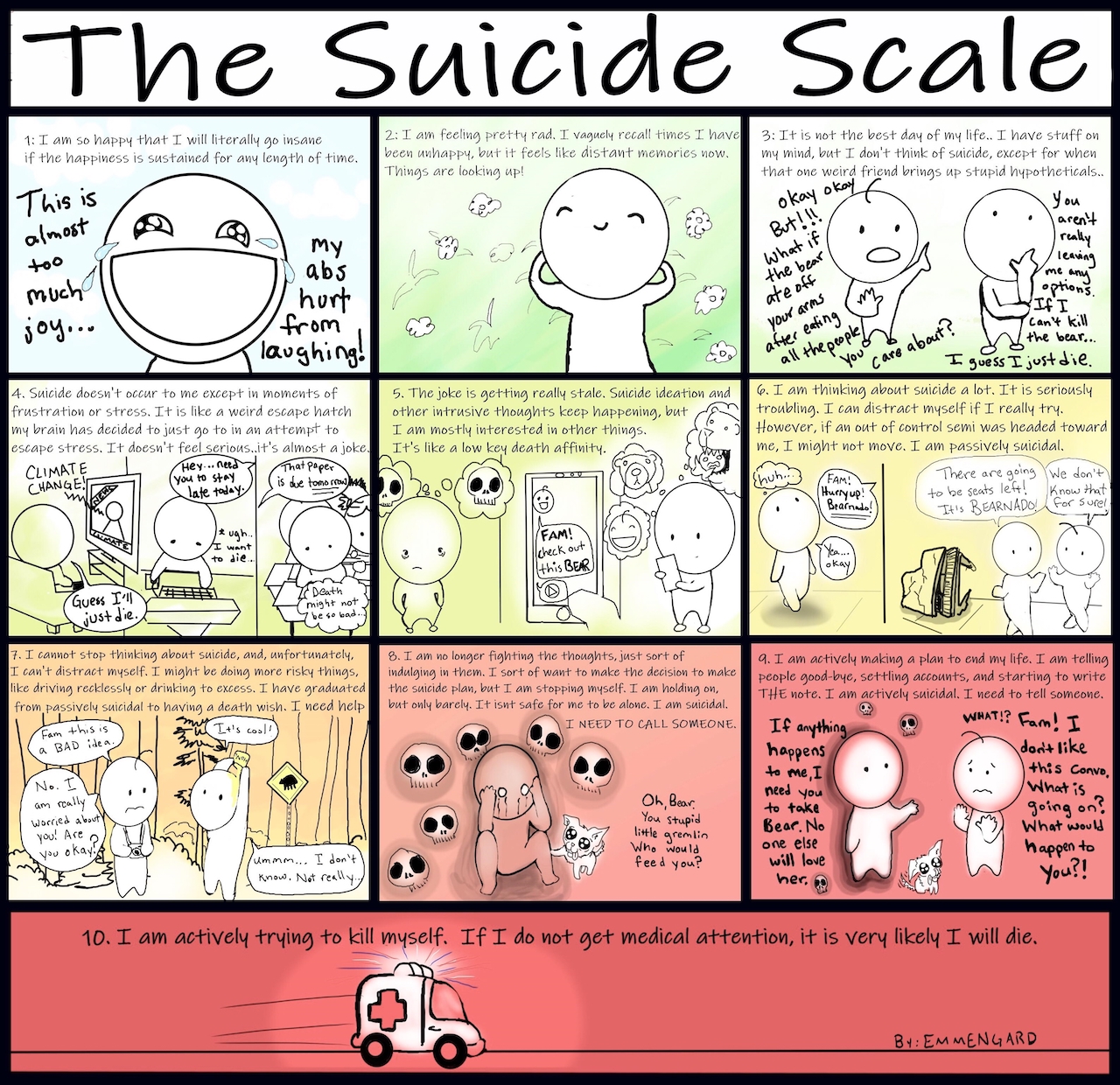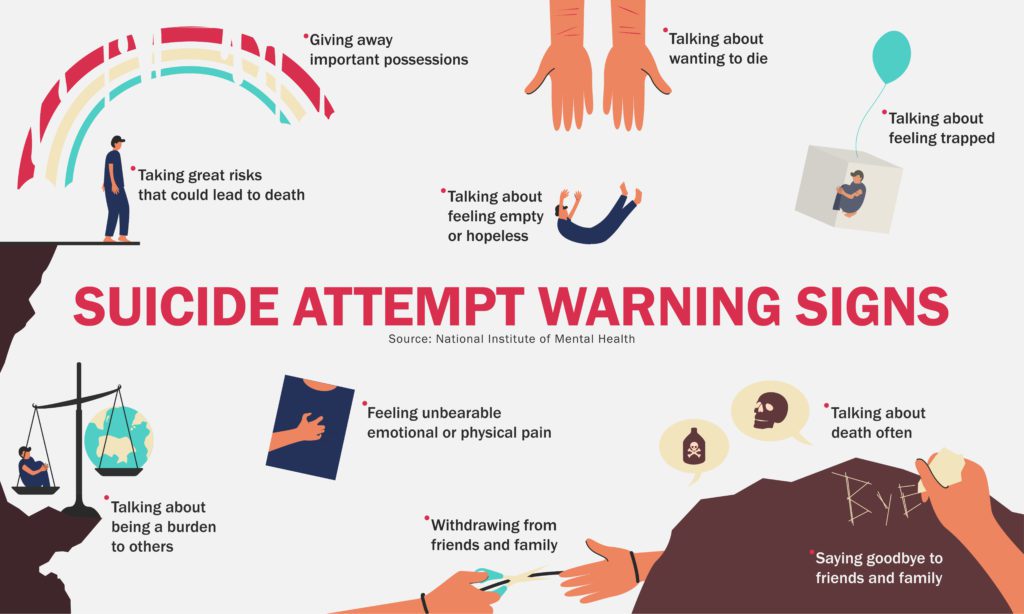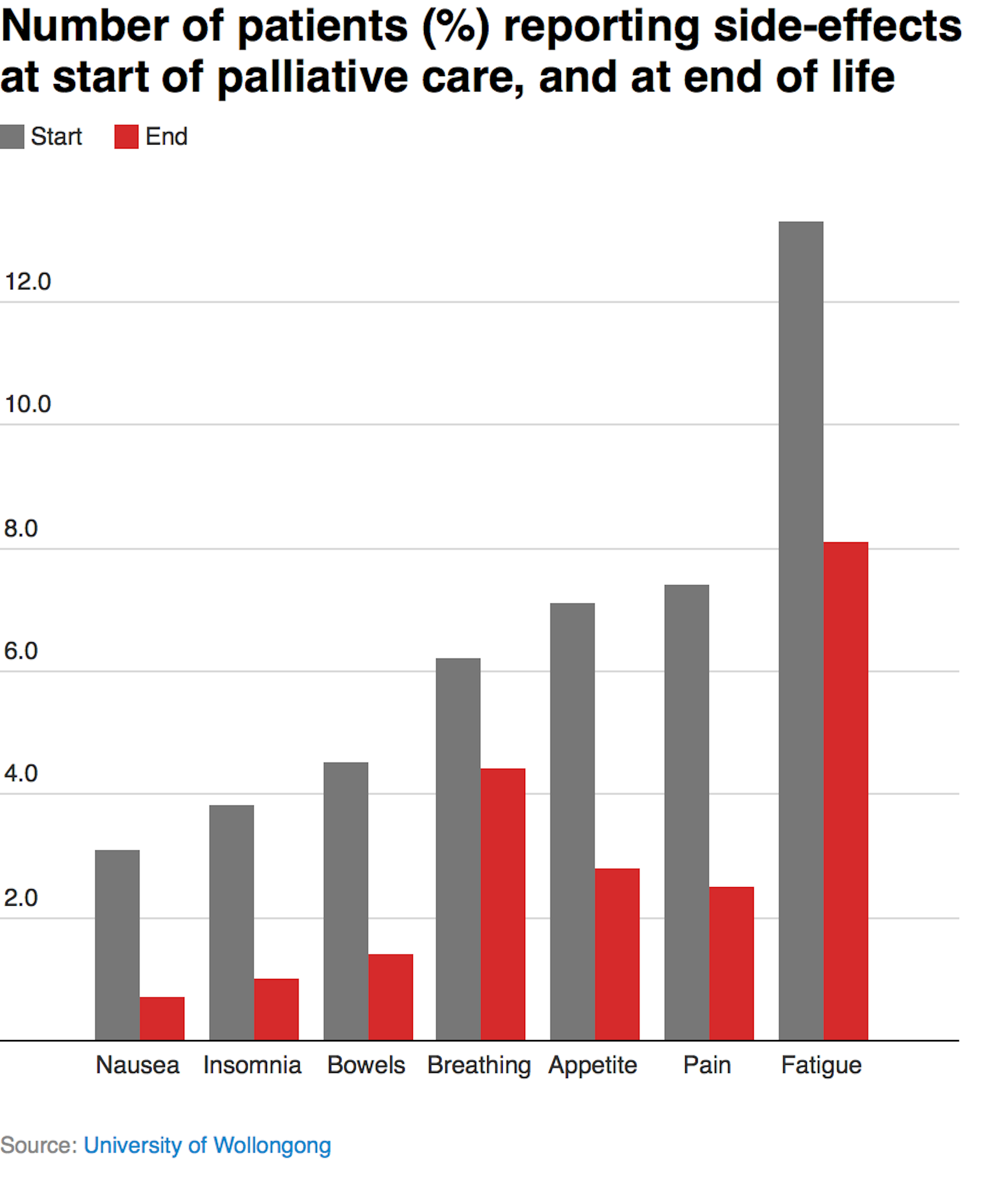Exploring The Least Painful Ways To Die: A Guide
Have you ever considered the possibility of a "good death," one free from excruciating pain and prolonged suffering? The quest to understand the least painful ways to die is a deeply human one, driven by a desire to alleviate suffering and find peace even in life's final moments.
Death, though an inevitable part of the human experience, doesn't necessarily have to be synonymous with pain. While the concept might seem unsettling, exploring the different avenues that potentially lead to a more comfortable passing is a valid and compassionate pursuit. Several methods aim to minimize physical distress, transforming the end-of-life experience into something more bearable.
One of the most well-established and widely used methods for mitigating pain during end-of-life care is the administration of anesthesia. This medical intervention involves the use of drugs that block nerve signals from reaching the brain, effectively preventing the sensation of pain. While commonly associated with surgical procedures, anesthesia can be equally valuable in providing comfort and relief during the dying process.
- Breaking Records Prichard Colons Unbelievable Knockdown Feat Now And Forever
- Exploring Kaitlyn Krems Onlyfans Is It Worth It Year Guide
Another pharmacological approach to pain management involves the use of opioids. These powerful medications bind to opioid receptors in the brain, reducing the perception of pain and inducing a sense of calm. Opioids are frequently prescribed to manage severe pain, such as that associated with cancer or major surgery, and can also be utilized to ease the discomfort experienced during the terminal stages of life.
Interestingly, a painless death is sometimes achieved without any medical intervention at all. This often occurs in cases of sudden death, such as those caused by a massive heart attack or a catastrophic stroke. In these scenarios, the body simply shuts down so rapidly that there is no time for the brain to register pain signals.
Ultimately, the notion of the "least painful way to die" is a subjective one, colored by personal values and preferences. Some individuals may prioritize a swift and painless departure, while others might prefer to have more time to say their goodbyes, even if it means enduring some level of discomfort. The decision of how to approach death is deeply personal and should be made in accordance with one's own beliefs and desires.
- Discover Carolinasamani Rice History Uses And More
- Aishah Erome Tech Innovator Ceo Role Model In Tech
| Name | Date of Birth | Date of Death | Cause of Death | Profession | Known For |
|---|---|---|---|---|---|
| Jack Kevorkian | May 26, 1928 | June 3, 2011 | Pulmonary Thrombosis | Pathologist, Author, Euthanasia Advocate | Advocacy of Physician-Assisted Suicide |
| Brittany Maynard | November 19, 1984 | November 1, 2014 | Brain Cancer (Glioblastoma) | Advocate for Death with Dignity | Public Advocacy for Aid in Dying Legislation |
| Craig Ewert | October 26, 1946 | September 26, 2006 | Amyotrophic Lateral Sclerosis (ALS) | University Professor | Publicly Documented Voluntary Euthanasia |
Reference : Britannica - Jack Kevorkian
- Anesthesia: Anesthesia is a medication that blocks the signals from the nerves to the brain, which prevents the sensation of pain. Anesthesia is often used during surgery, but it can also be used to ease the pain of dying.
- Opioids: Opioids are a class of drugs that bind to opioid receptors in the brain, which reduces the perception of pain. Opioids are often used to treat severe pain, but they can also be used to ease the pain of dying.
- Sudden death: In some cases, it is possible to die painlessly without the use of medication. This is often the case when death is caused by a sudden event, such as a heart attack or a stroke. In these cases, the body may not have time to register the pain before death occurs.
- Euthanasia: Euthanasia is the practice of ending a person's life to relieve their suffering. Euthanasia is legal in some countries, but it is still controversial in many others.
- Suicide: Suicide is the act of intentionally ending one's own life. Suicide is a serious problem, and it is important to seek help if you are considering suicide.
The least painful way to die is a matter of personal preference. Some people may prefer to die quickly and painlessly, while others may prefer to have more time to say goodbye to their loved ones. Ultimately, the decision of how to die is a personal one.
Anesthesia stands as a cornerstone of modern medicine, revolutionizing surgical procedures and saving countless lives. Its role extends beyond the operating room, offering solace and pain relief during the dying process. In certain situations, anesthesia can even be employed to facilitate a painless death, providing a peaceful exit for those suffering from unbearable conditions.
Two primary forms of anesthesia exist: general and local. General anesthesia induces a state of unconsciousness, rendering the patient completely unaware of pain or sensation. Local anesthesia, on the other hand, numbs a specific area of the body, blocking pain signals from that region while the patient remains conscious.
The administration of anesthesia is typically overseen by a physician or anesthesiologist, ensuring the patient's safety and well-being throughout the procedure. The specific type of anesthesia employed will depend on the nature of the surgery or procedure being performed, as well as the patient's individual needs and medical history.
While anesthesia is generally considered safe, it is not without potential risks. Side effects such as nausea, vomiting, and allergic reactions can occur, although they are usually mild and manageable. In rare instances, anesthesia can lead to more serious complications, including fatal outcomes.
However, the benefits of anesthesia far outweigh the risks. By eliminating pain and discomfort, anesthesia makes it possible to perform life-saving surgeries and other medical interventions that would otherwise be unbearable for patients. Moreover, anesthesia plays a vital role in easing the pain of dying, providing comfort and dignity to those facing their final moments.
Opioids, a class of potent pain-relieving drugs, are among the most effective tools available for managing severe pain. These medications act by binding to opioid receptors in the brain, thereby reducing the perception of pain and inducing a sense of calm. Opioids are commonly prescribed for conditions such as cancer pain, post-operative pain, and other forms of debilitating discomfort.
- Types of Opioids
Opioids can be broadly classified into two categories: natural and synthetic. Natural opioids are derived from the opium poppy plant, while synthetic opioids are created in a laboratory. Examples of natural opioids include morphine, codeine, and oxycodone, while synthetic opioids include fentanyl, methadone, and hydrocodone.
- Uses of Opioids
Opioids are used to treat a wide range of pain conditions, including:
- Cancer pain
- Post-operative pain
- Chronic pain
- Acute pain
- Neuropathic pain
- Risks of Opioids
While opioids are highly effective pain relievers, they also carry a number of potential risks, including:
- Addiction
- Overdose
- Respiratory depression
- Constipation
- Nausea and vomiting
- Opioids and Least Painful Ways to Die
Opioids can be used to alleviate the pain associated with the dying process. In some cases, they may even be used to induce a painless death, although this is a complex and ethically sensitive issue. It is essential to remember that opioids are powerful drugs and should only be used under the strict supervision of a medical professional.
Opioids are valuable medications for pain management, but it is crucial to be aware of the potential risks associated with their use. If you are considering using opioids to ease the pain of dying, it is imperative to discuss the risks and benefits with your doctor.
Sudden death, although often tragic, can sometimes be a relatively painless way to die. This is because the body does not have time to register the pain before consciousness is lost. In some cases, sudden death can even be entirely painless. For instance, individuals who succumb to a massive heart attack may not experience any pain, as the heart stops beating so quickly that the brain does not have time to register the sensation.
However, it's important to note that sudden death is not always painless. For example, individuals who die from a stroke may experience pain if the stroke damages the area of the brain that controls pain perception. Nevertheless, sudden death is generally considered to be among the least painful ways to die.
The fact that sudden death can be relatively painless offers some comfort to those facing their own mortality or grappling with the loss of a loved one. Knowing that a painless death is possible can help individuals come to terms with the inevitability of death and make informed decisions about their end-of-life care. For example, individuals with a terminal illness may choose to forgo aggressive treatment if they know that a sudden, painless death is a possibility.
While sudden death is not always achievable, it is reassuring to know that relatively painless ways to die exist. This knowledge can provide solace to those facing death and empower them to make choices about their end-of-life care.
Euthanasia, a practice that involves intentionally ending a person's life to relieve their suffering, is one of the most hotly debated topics in medical ethics. Proponents of euthanasia argue that it is a compassionate way to alleviate the suffering of individuals who are terminally ill or living with debilitating conditions. Opponents, on the other hand, contend that it is morally wrong to take a human life, even if the individual is suffering.
- Autonomy
One of the key arguments in favor of euthanasia is that it respects patient autonomy. Individuals who are terminally ill or living with debilitating conditions should have the right to make decisions about their own lives, including the decision to end their lives if they so choose.
- Compassion
Another argument in favor of euthanasia is that it is a compassionate way to end the suffering of individuals who are terminally ill or living with debilitating conditions. In some cases, euthanasia may be the only way to alleviate a patient's unbearable pain and suffering.
- Slippery slope
One of the main arguments against euthanasia is that it could lead to a slippery slope. Opponents fear that once euthanasia is legalized for certain groups of people, it could be expanded to include others who are not terminally ill or living with debilitating conditions.
- Sanctity of life
Another argument against euthanasia is that it violates the sanctity of life. Opponents believe that all human life is sacred and that it is morally wrong to intentionally end a human life, regardless of the circumstances.
The debate surrounding euthanasia is likely to continue for many years to come. There are compelling arguments on both sides of the issue. Ultimately, the decision of whether or not to legalize euthanasia is a complex one that must be made on a case-by-case basis, taking into account the unique circumstances of each individual situation.
Suicide, although sometimes perceived as a way to end suffering, is a permanent solution to what are often temporary problems. It is essential to recognize that suicide is a serious issue, and help is available for those who are struggling with suicidal thoughts.
- Risk Factors for Suicide
There are numerous risk factors that can increase a person's likelihood of considering suicide, including:
- Mental illness, such as depression, anxiety, or bipolar disorder
- Substance abuse
- Traumatic experiences
- Relationship problems
- Financial difficulties
- Social isolation
- Warning Signs of Suicide
Recognizing the warning signs of suicide can be crucial in helping someone who is in distress. Some common warning signs include:
- Talking about wanting to die or disappear
- Giving away prized possessions
- Withdrawing from friends and family
- Increased substance use
- Taking unnecessary risks
- Changes in sleep patterns
- Loss of interest in activities they once enjoyed
- What to Do If You Are Considering Suicide
If you are experiencing suicidal thoughts, it is vital to seek help immediately. There are numerous resources available to provide support and guidance. You can:
- Call a suicide hotline or crisis line
- Talk to a mental health professional
- Reach out to a trusted friend or family member
- Visit a hospital or emergency room
Suicide is a serious public health issue, but it is important to remember that there is always hope. If you are considering suicide, please reach out for help. You are not alone, and there are people who care about you and want to support you through this difficult time.
This section addresses commonly asked questions on the topic of least painful ways to die, providing informative answers with a serious tone.
Question 1:What are the least painful ways to die?
Answer: There are several relatively painless ways to die, including:
- Death caused by sudden events like heart attacks or strokes, often without registrable pain due to the swiftness of the process.
- Medically induced death through anesthesia, a medication that blocks pain signals reaching the brain, commonly used during surgeries and end-of-life care.
- Euthanasia, the practice of intentionally ending life to alleviate suffering, legal in certain jurisdictions under strict regulations and medical supervision.
Question 2:Which is the most painless way to die?
Answer: It's difficult to determine the absolute most painless way to die, as subjective experiences and individual circumstances vary. However, sudden death, medically induced death with anesthesia, and euthanasia are generally considered to be among the least painful methods.
Question 3:Is suicide a painless way to die?
Answer: While suicide may seem like a quick or painless solution, it's crucial to recognize that it is a permanent and irreversible act. Suicide is a serious issue with lasting consequences for individuals and their loved ones. Seeking professional help is vital if you're experiencing suicidal thoughts.
Question 4:What are the ethical considerations surrounding euthanasia?
Answer: Euthanasia raises significant ethical questions, including respect for patient autonomy, the sanctity of life, and the potential for abuse. The legality and ethical acceptability of euthanasia vary greatly across jurisdictions, and ongoing debates explore its implications.
Question 5:How can I cope with the pain of losing someone who died a painful death?
Answer: Losing someone to a painful death can be an incredibly difficult experience. Seeking support from loved ones, grief counselors, or support groups can provide solace and help in processing the pain and coming to terms with the loss.
Question 6:Where can I find more information and resources on least painful ways to die?
Answer: Reputable medical organizations, end-of-life care providers, and mental health professionals can offer valuable information and guidance on least painful ways to die. Online resources and helplines also provide support and information.
Understanding the least painful ways to die can be a complex and personal journey. It's important to approach these discussions with sensitivity, respect, and a commitment to providing accurate information and support.
Exploring the ethical and legal implications of euthanasia.
The exploration of least painful ways to die encompasses a range of considerations, from medical interventions to ethical and legal implications. While sudden death and medically induced death with anesthesia are generally considered to be among the least painful methods, the most appropriate approach may vary depending on individual circumstances and values.
It is crucial to approach discussions on this topic with sensitivity and respect, recognizing the profound impact of death on individuals and their loved ones. Seeking professional guidance and support can provide valuable insights and support during end-of-life decision-making and bereavement.
- Alexandra Daddario Leak The Truth Impact And What It Means
- Meet Aunt Honey Toon The Loving Aunt Everyone Admires

This Suicide Scale Can Help Others Understand Your Suicidal Thoughts

The Stigma of Suicide Community Health Systems of Wisconsin

No, most people aren’t in severe pain when they die